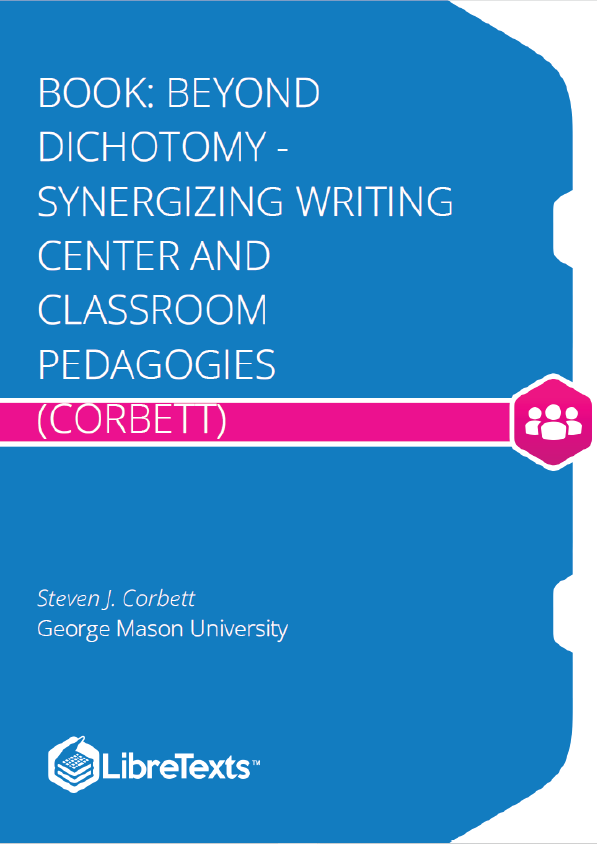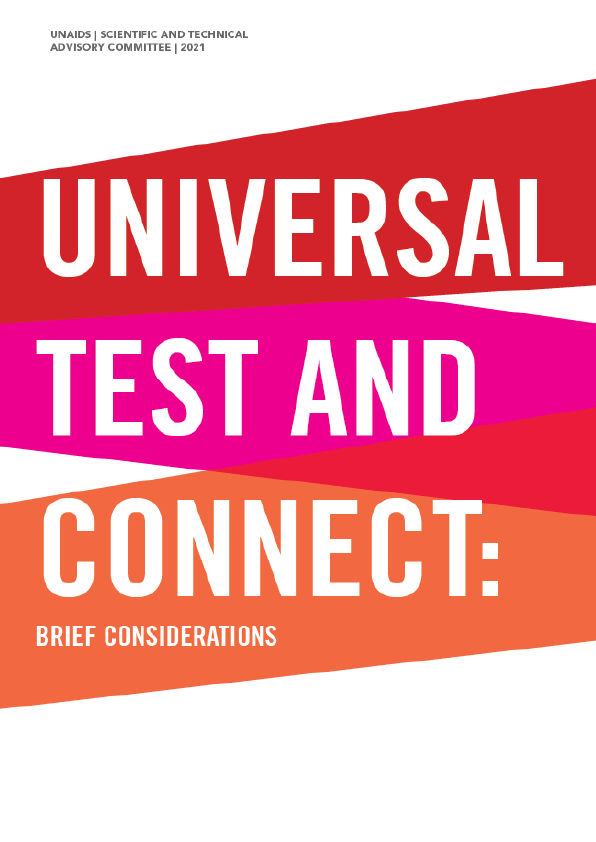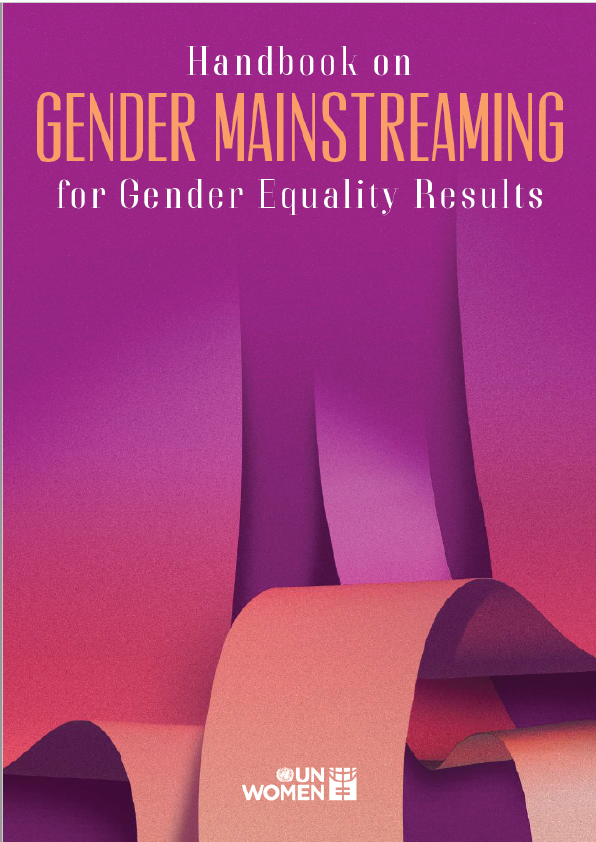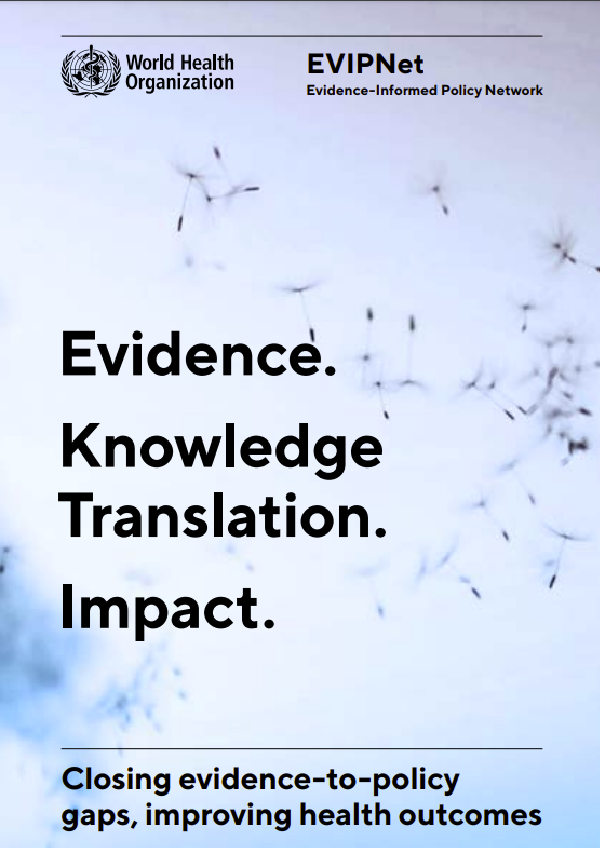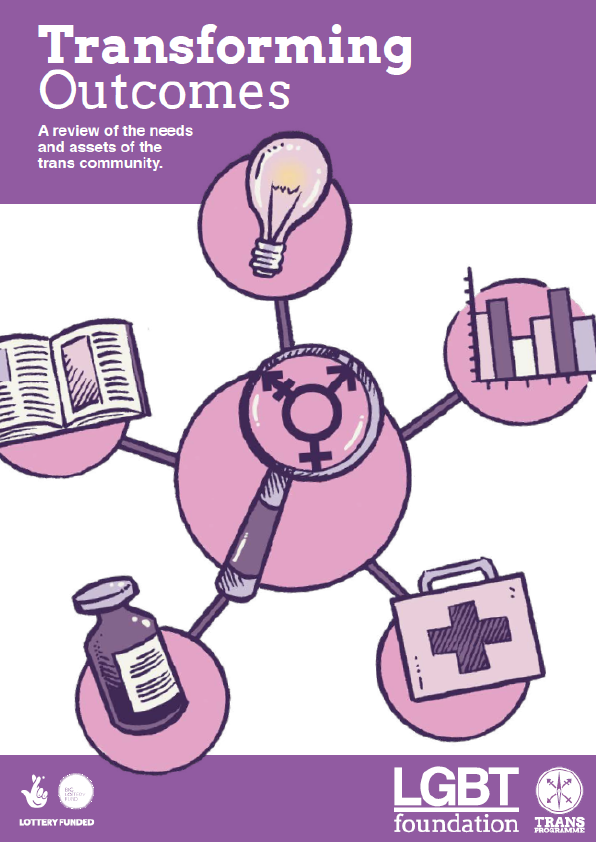How closely can or should writing centers and writing classrooms collaborate? Beyond Dichotomy explores how research on peer tutoring one-to-one and in small groups can inform our work with students in writing centers and other tutoring programs, as well as in writing courses and classrooms. These multi-method (including rhetorical and discourse analyses and ethnographic and casestudy) investigations center on several course-based tutoring (CBT) partnerships at two universities.
Increasingly, the literature on writing centers and peer tutoring programs reports on what we’ve learned about teaching one-to-one and peer-to-peer from historical, theoretical, and empirical points of view. We’ve re-defined and re-interpreted just how far back the “desire for intimacy” in writing instruction really goes (Lerner “Teacher-Student,” The Idea). We’ve questioned what counts as credible and useful research methods and methodologies (Babcock and Thonus; Liggett, Jordan, and Price; Corbett “Using,” “Negotiating”) and meaningful assessment (Schendel and Macauley). We’ve explored what the implications of peer tutoring are, for not just tutees, but also for tutors themselves (Hughes, Gillespie, and Kail). And we’ve made connections to broader implications for the teaching and learning of writing (for example see Harris “Assignments,” and Soliday Everyday Genres on assignment design and implementation; Greenfield and Rowan, Corbett, Lewis, and Clifford, and Denny on race and identity; Mann, and Corbett “Disability” on learning-disabled students; Lerner The Idea and Corbett, LaFrance, and Decker on the connections between writing center theory and practice and peer-to-peer learning in the writing classroom). Since the first publication of North’s often-cited essay “The Idea of a Writing Center,” quoted above, writing center practitioners and scholars have continued to ask a pivotal question: How closely can or should writing centers, writing classrooms—and the people involved in either or both—collaborate (North “Revisting”; Smith; Hemmeter; Healy; Raines; Soliday “Shifting Roles”; Decker; Sherwood; Boquet and Lerner)?
Yet with all our good intentions, unresolved tensions and dichotomies pervade all our actions as teachers or tutors of writing. At the heart of everything we do reside choices. Foremost among these choices includes just how directive (or interventionist or controlling) versus how nondirective (or noninterventionist or facilitative) we wish to be in the learning of any given student or group of students at any given time. The intricate balancing act between giving a student a fish and teaching him or her how to fish can be a very slippery art to grasp. But it is one we need to think about carefully, and often. It affects how we design and enact writing assignments, how much cognitive scaffolding we build into every lesson plan, or how much we tell students what to do with their papers versus letting them do some of the crucial cognitive heavy-lifting. The nuances of this pedagogical balancing act are brought especially to light when students and teachers in writing classrooms and tutors from the writing center or other tutoring programs are brought together under what Neal Lerner characterizes as the “big cross-disciplinary tent” of peer-to-peer teaching and learning (qtd. in Fitzgerald 73). Like many teachers of writing, I started my career under this expansive tent learning to negotiate directive and nondirective instruction with students from across cultures and across the disciplines.
